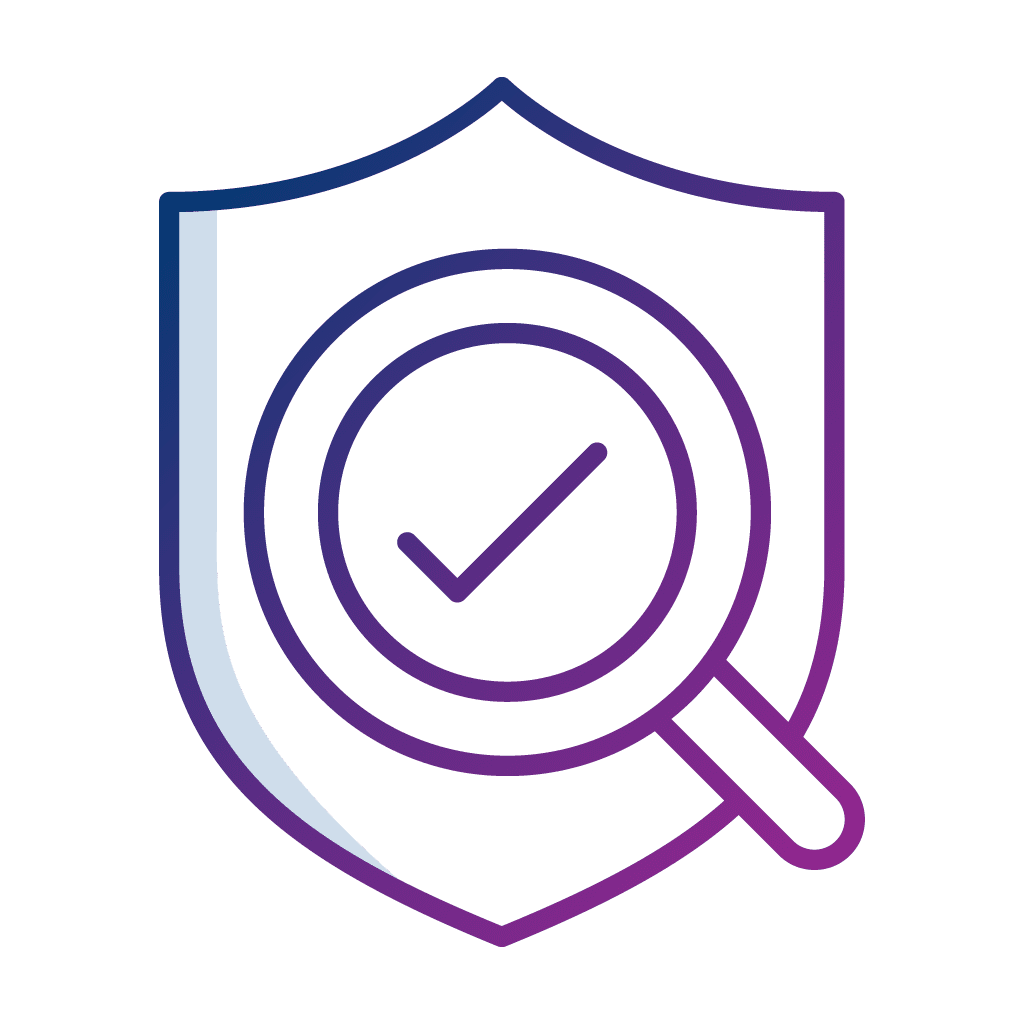Our previous article went into detail about our new service: External Perimeter Penetration Testing which leverages Open-Source Intelligence (OSINT) to simulate a guided attack. In this blog post, we embark on a journey from clicks to clues, exploring the profound realm of Open-Source Investigation (OSINT) techniques and their pivotal role in modern organisational security.
What is Open-Source Intelligence (OSINT)?
Open-Source Intelligence (OSINT), entails the passive gathering of intelligence from publicly available sources and tools. OSINT can be conducted on organisations, individuals, or any entity leaving a digital footprint on the internet.
These sources include but are not limited to:
- Web search engines like Google, DuckDuckGo, and others.
- Social media platforms and professional networks, such as LinkedIn and Facebook.
- Events such as conferences, webinars, and public speeches.
- Data mining tools like Maltego and Spiderfoot.
- Data brokerage services such as Spokeo and PeekYou.
- Specialised search engines like Shodan and Censys.
- Black market forums and public leaks.
OSINT serves as a valuable asset for cyber defenders, for example, companies engaged in penetration tests. Revealing the information attackers might unearth online about a company empowers proactive defence strategies. Let us dive into the nuanced application of OSINT techniques, meticulously tailored for organisational contexts.
Unlocking the Power of OSINT
OSINT stands as a beacon for both penetration testers and security teams. It’s not just about algorithms and data; it’s about uncovering the stories that lie within the digital realm.
Imagine being able to peek behind the digital curtain and discover public information about your organisation’s internal assets, as well as what’s accessible beyond your usual boundaries. That’s what OSINT does. It’s like having a digital detective on your team, scouring the vast expanse of the internet for clues. Think about it: from finding open ports and unpatched software to stumbling upon accidentally shared metadata that could compromise your organisation’s security. OSINT has a knack for uncovering these hidden gems, sometimes even before you realise they’re there.
OSINT doesn’t stop at technical details. It ventures into the realm of human behaviour too. Social media platforms are treasure troves of information, offering insights into your employees’ digital habits. This helps organisations understand the potential vulnerabilities and risks that come with digital footprints.
Moreover, let’s not forget about partnerships and acquisitions. When your organisation expands its horizons, OSINT becomes even more critical. It sifts through the digital chatter surrounding vendors, partners, and newly acquired entities, helping you navigate the complexities of the ever-evolving digital landscape.
In the end, OSINT isn’t a cyber security solution that is just about data points and security protocols. It’s about empowering people to make informed decisions, to protect what matters most in an increasingly interconnected world. It’s about turning the digital noise into meaningful insights to identify potential security risks or vulnerabilities that may have emerged over time.
OSINT Application in Enterprise Security
OSINT provides a critical advantage for enterprise security. By scrutinising publicly available information, including website content, social media profiles, and infrastructure details, it helps organisations identify vulnerabilities from an attacker’s perspective. This proactive approach allows them to prioritise and address security weaknesses like software flaws and misconfigurations before attackers exploit them, ultimately strengthening their security posture and minimising their exposure to potential threats.
Beyond threat intelligence, OSINT is a powerful tool for investigations and regulatory compliance. During security incidents, it helps trace attack origins, identify actors, and assess breach impact, enabling effective response and damage control. Similarly, OSINT supports regulatory compliance by monitoring publicly available information for breaches, violations, and changes. This enhances decision-making and risk management capabilities, ensuring that organisations are well-informed and prepared to mitigate risks and penalties.
OSINT for Organisations: A Deeper Dive
When initiating OSINT operations for an organisation, it is important to understand that OSINT can be divided into two primary categories of information-gathering techniques: passive and active gathering.
Passive Gathering | Active Gathering |
|
|
Beginning with an active collection isn’t advisable due to its potential to trigger alerts within the organisation, possibly alerting the target and compromising the reconnaissance process. Active collection may leave discernible traces in the target’s firewall or Intrusion Detection System (IDS). It’s essential to know that social engineering attacks on targets constitute a form of active intelligence gathering. Thus, a cautious and strategic approach is indispensable to minimise the risk of detection and uphold the integrity of the investigative process.
Following the Digital Trail
Embarking on the journey involves a nuanced approach to uncovering valuable insights and clues from online activities.
This multifaceted process entails several key components, including:
- Identifying Public Information: Delving into publicly accessible sources to extract pertinent data points and information related to the target entity. This involves scrutinising public records, official websites, and regulatory filings to gain a comprehensive understanding of the organisation’s background and operations.
- Extracting Clues from Online Activity: Analysing the digital footprints left behind by the organisation across various online platforms and channels. This includes monitoring social media interactions, tracking online mentions, and analysing user-generated content to discern patterns, sentiments, and trends relevant to the organisation’s objectives.
- Leveraging Advanced Techniques: Employing sophisticated methodologies and tools to enhance the effectiveness of digital investigation efforts. This encompasses techniques such as social media listening, which involves monitoring and analysing conversations and trends across social media platforms to extract actionable insights. Additionally, web scraping techniques may be utilised to gather structured data from websites, enabling deeper analysis and interpretation of online information.
Conclusion
Failing to identify potential risks leaves organisations exposed to cyberattacks. In External Perimeter Penetration Testing, our team of experts leverages the power of Open-source Intelligence (OSINT) to deep dive and uncover key security gaps. Through meticulous analysis of publicly available information, including social media, news outlets, and corporate filings, we build a comprehensive understanding of your organisation’s digital footprint. This process entails scrutinising potential vulnerabilities and attack vectors that malicious actors might exploit. By uncovering these risks, organisations can implement preventative measures, ultimately mitigating threats before they cause significant damage. This proactive approach fosters the organisation’s long-term sustainability by safeguarding sensitive data, critical infrastructure, and bolstering cyber resilience against ever-evolving threats.
At Privasec, we offer a comprehensive suite of cyber security solutions in Singapore, ranging from penetration tests to tabletop exercises. With our team of experts, you can rest assured that your digital assets are in capable hands.






















